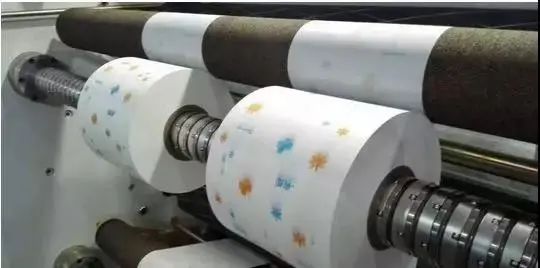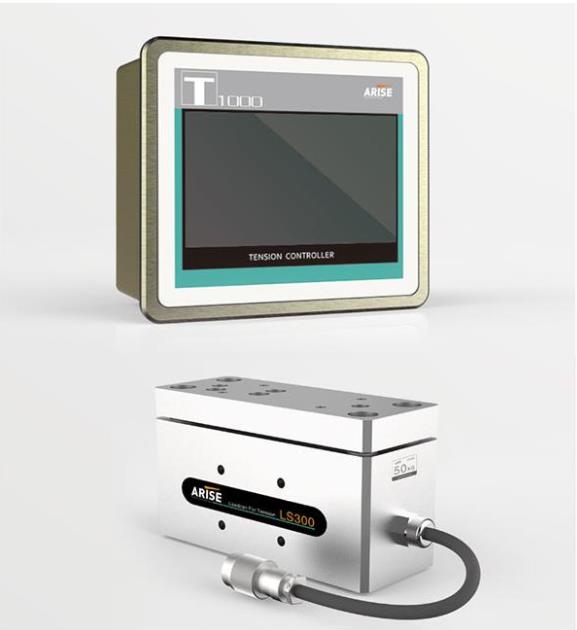The coil industry is heavily reliant on web tension control, particularly for applications involving continuous webs or strips of materials such as paper, film, plastic, or metal. A web tension controller measures and controls the tension on the web during the manufacturing process. This method is critical for ensuring that the finished product meets the required specifications.

The Importance of Web Tension Controller in Coil Industry
Consistent Quality
Web tension must be maintained constantly for the production process to generate goods of consistently excellent quality. Any variations in web tension can cause faults or consistency concerns in the final product. For example, if the web tension is excessively high, the material may strain, resulting in a misshapen product. If the tension is too low, the material may wrinkle, resulting in defects.
Improved Productivity
Productivity can be increased by reducing waste during production with a web tension controller. With adequate tension control, the likelihood of faults can be reduced and the need for rework or scrap reduced. This could lead to higher yields and more efficient production.
Equipment Protection
A web tension controller may also help to prevent equipment damage. Web-handling equipment, such as spindles and rollers, can be destroyed if web tension is not properly handled. With effective tension control, the need for repairs or replacements can be reduced, and damage can be avoided.
Factors Affecting Web Tension Controller
Web Material
The web tension can be impacted by the kind and characteristics of the web material. The amount of tension necessary to maintain the correct web tension might vary depending on the elasticity, stiffness, and friction properties of the material being used.
Web Speed
The type and qualities of the web material can have an effect on the web tension. The amount of tension required to maintain adequate web tension may vary based on the material's elasticity, stiffness, and friction qualities.
Roll Diameter
The web tension may vary depending on the roll’s diameter. In order to maintain the desired tension, the web tension must increase as the roll diameter does.
Web Width
The web tension varies with the width of the web. Wider webs require more stress to maintain the desired tension.

How Web Tension Controllers Work
Using sensors, web tension controllers monitor the tension of the material as it passes through the manufacturing process. The web guide sensor delivers a signal to the controller, which compares the current tension to the target tension and makes necessary adjustments.
The tension can be varied by changing the web speed, adding tension with brakes or clutches, or changing the torque of the driving engine.
Web tension controllers normally use a closed-loop control method, which means the controller continuously checks the tension and makes real-time adjustments to maintain a consistent tension level. This contributes to the material being treated appropriately and to the desired quality standards.

Web Tension Controller Types
Closed-loop
Closed-loop controllers use feedback sensors to measure web tension and modify it as needed. The controller compares the present tension to the target tension and adjusts the brake or clutch to maintain it. Closed-loop controllers are incredibly accurate and can keep tension control exact even at high speeds.
Open-loop
To alter the tension of the brake or clutch, open-loop controllers use a set-point. However, they do not use feedback to adjust the tension. They are less accurate than closed-loop controllers and are often employed in applications where web tension requirements are less tight.
Manual
Manual controllers are employed in applications where web tension is not crucial. These controllers employ a hand-operated brake or clutch to alter the tension. Although manual controllers are inexpensive, they are not suitable for high-speed or precision applications.
Benefits of Web Tension Controllers
1. Increasing Productivity
By reducing downtime and waste, web tension controllers can help to increase productivity. The process can run more smoothly and efficiently if the tension level is kept constant.
2.Improving Productivity
By ensuring that the finished product is built to the appropriate specifications, web tension controllers can help to improve its quality. This can reduce rejects while boosting customer satisfaction.
3.Cost Savings
Waste, downtime, and rejected products can all be reduced with web tension controllers. This can help to increase profitability while also cutting overall processing expenses.
4.Flexibility
Web tension controllers can be used with a variety of materials and processing conditions. As a result, they are very adaptable to a variety of manufacturing situations.
5.Safety
By minimizing the danger of accidents and injuries caused by manual tension management methods, web tension controllers can help to improve workplace safety.